What Lives on Earth? 8.7M Species (PHOTOS)
Knowing the number of species on Earth is one of the most basic yet elusive puzzles in science. But a team of researchers may have found an answer to this mysterious question.
There are about 8.7 million species on Earth, give or take 1.3 million, according to the Census of Marine Life scientists. Until now, the number of species on Earth was said to fall somewhere between 3 million and 100 million, and the recent findings dramatically narrow this range.
Researchers, including Camilo Mora and Boris Worm, said the study looked only at forms of life accorded, or potentially accorded, the status of species by scientists. The study excluded certain micro-organisms and virus types, which could be highly numerous.
In another staggering revelation, researchers suggest that some 86 percent of existing species on Earth and 91 percent of species in the ocean still await description despite 250 years of taxonomic classification and over 1.2 million species already catalogued in a central database.
Researchers' findings were based on a complex analytical technique that enabled them to identify 6.5 million species found on land and 2.2 million dwelling in the ocean. The study was conducted by the Census of Marine Life scientists and published by PLoS Biology, a peer-reviewed science journal.
Based on current costs and requirements, the study suggests that describing all remaining species using traditional approaches could require up to 1,200 years of work by more than 300,000 taxonomists at an approximate cost of $364 billion. Fortunately, new techniques such as DNA barcoding are radically reducing the cost and time involved in new species identification.
The question of how many species exist has intrigued scientists for centuries and the answer, coupled with research by others into species' distribution and abundance, is particularly important now because a host of human activities and influences are accelerating the rate of extinctions, said lead author and researcher Camilo Mora of the University of Hawaii at M?noa's Geography Department.
Many species may vanish before we even know of their existence, their unique niche and function in ecosystems, and their potential contribution to improved human well-being, Mora added.
Meanwhile, Boris Worm of Dalhousie University says the recently updated Red List issued by the International Union for the Conservation of Nature (IUCN) assessed 59,508 species, of which 19,625 are classified as threatened. This means the IUCN Red List, the most sophisticated ongoing study of its kind, monitors less than 1 percent of world species.
If we did not know -- even by an order of magnitude (1 million? 10 million? 100 million?) -- the number of people in a nation, how would we plan for the future? It is the same with biodiversity. Humanity has committed itself to saving species from extinction, but until now we have had little real idea of even how many there are, Worm said.
Researchers have classified forms of life in a pyramid-like hierarchy, ranked upwards from species to genus, family, order, class, phylum, kingdom and domain. Analyzing the taxonomic clustering of the 1.2 million species today in the Catalogue of Life and the World Register of Marine Species, researchers discovered reliable numerical relationships between the more complete higher taxonomic levels and the species level.
When applied to all five known eukaryote kingdoms of life on Earth, the approach predicted:
* About 7.77 million species of animals (of which 953,434 have been described and catalogued)
* About 298,000 species of plants (of which 215,644 have been described and catalogued)
* About 611,000 species of fungi (molds, mushrooms) (of which 43,271 have been described and catalogued)
* About 36,400 species of protozoa (single-cell organisms with animal-like behavior, e.g. movement, of which 8,118 have been described and catalogued)
* About 27,500 species of chromists (including, e.g. brown algae, diatoms, water molds, of which 13,033 have been described and catalogued)
With the clock of extinction now ticking faster for many species, I believe speeding the inventory of Earth's species merits high scientific and societal priority. Renewed interest in further exploration and taxonomy could allow us to fully answer this most basic question: What lives on Earth? Mora said.
Below are pictures of some of the recently identified species:
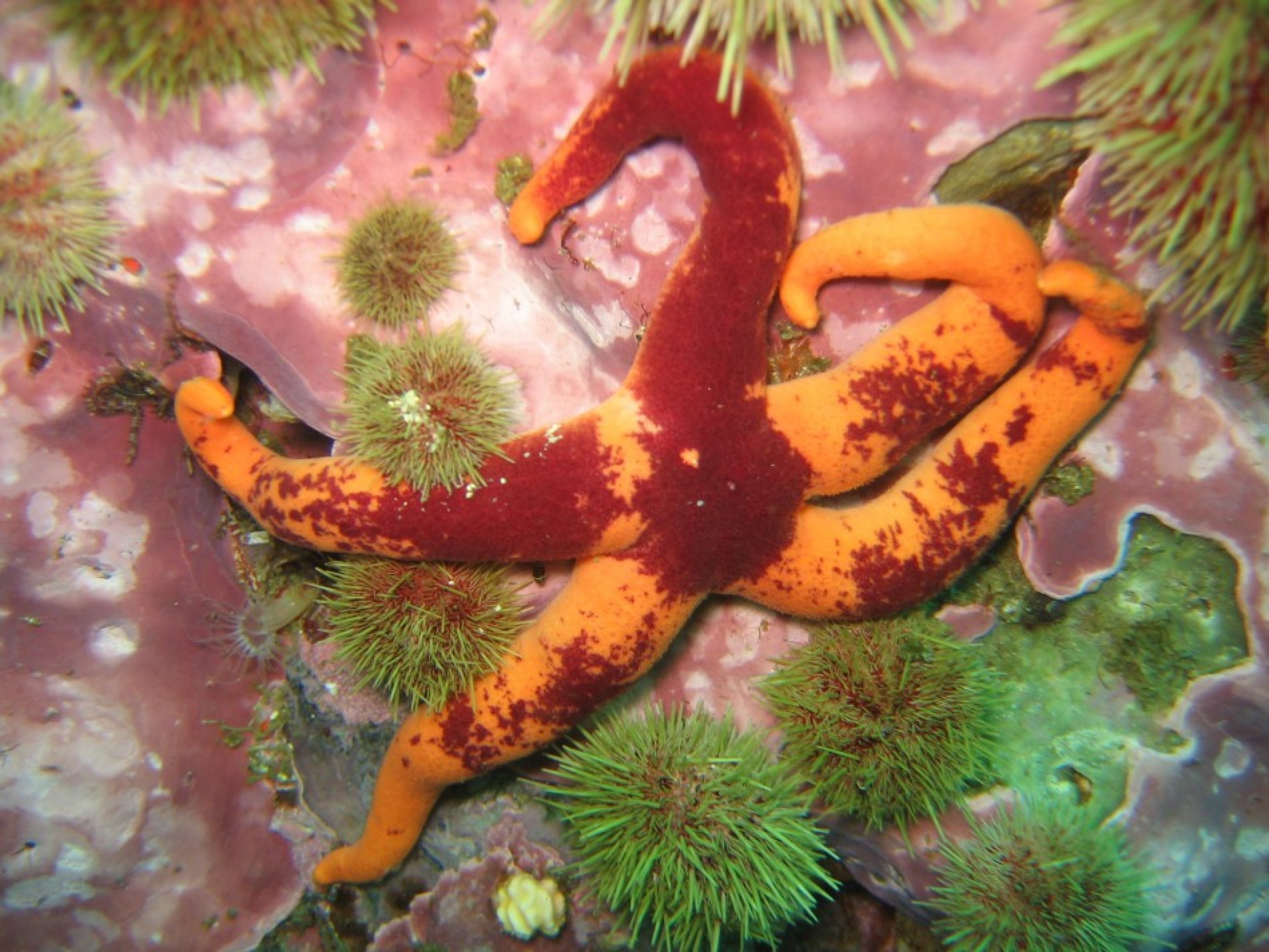
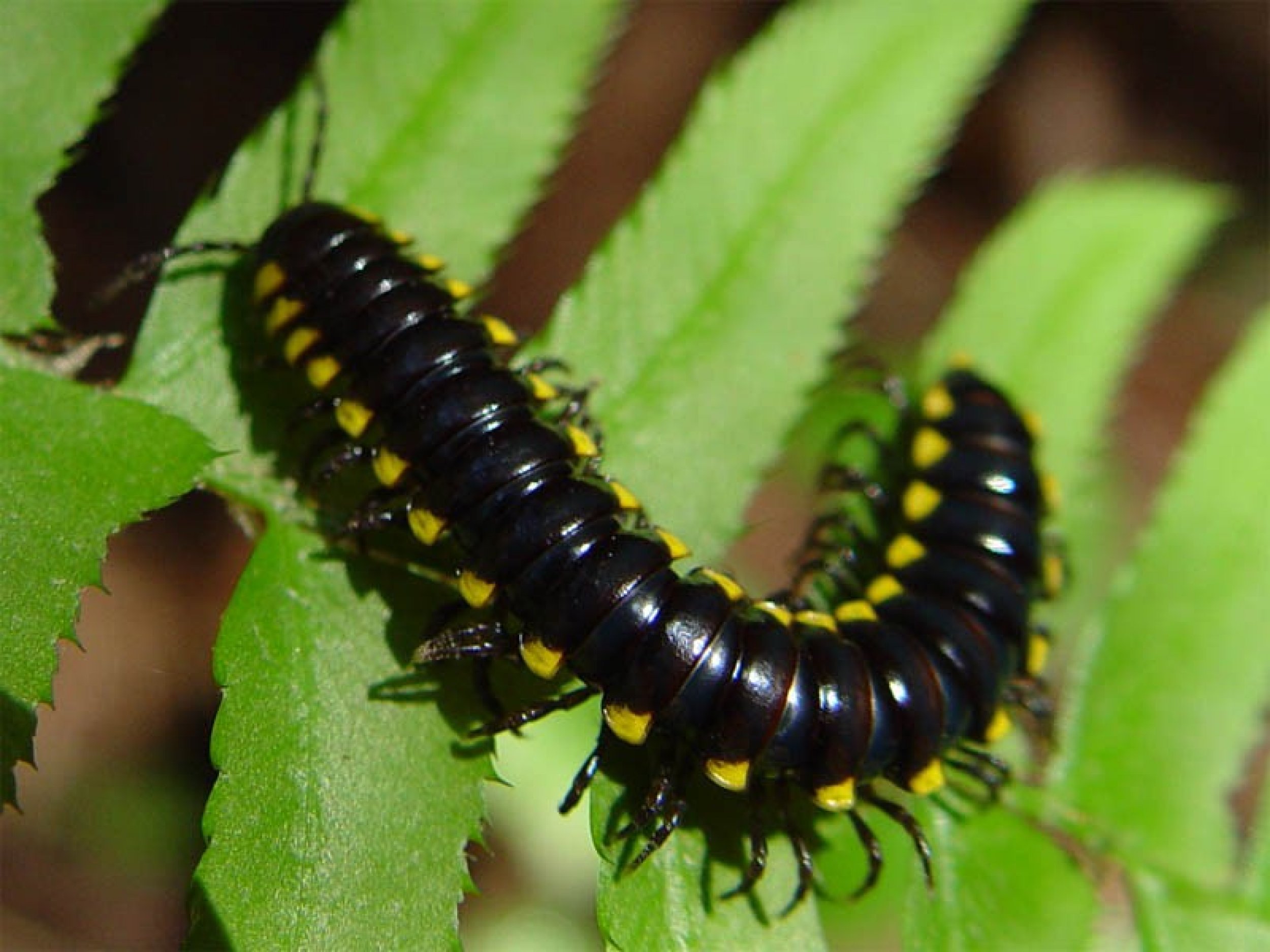
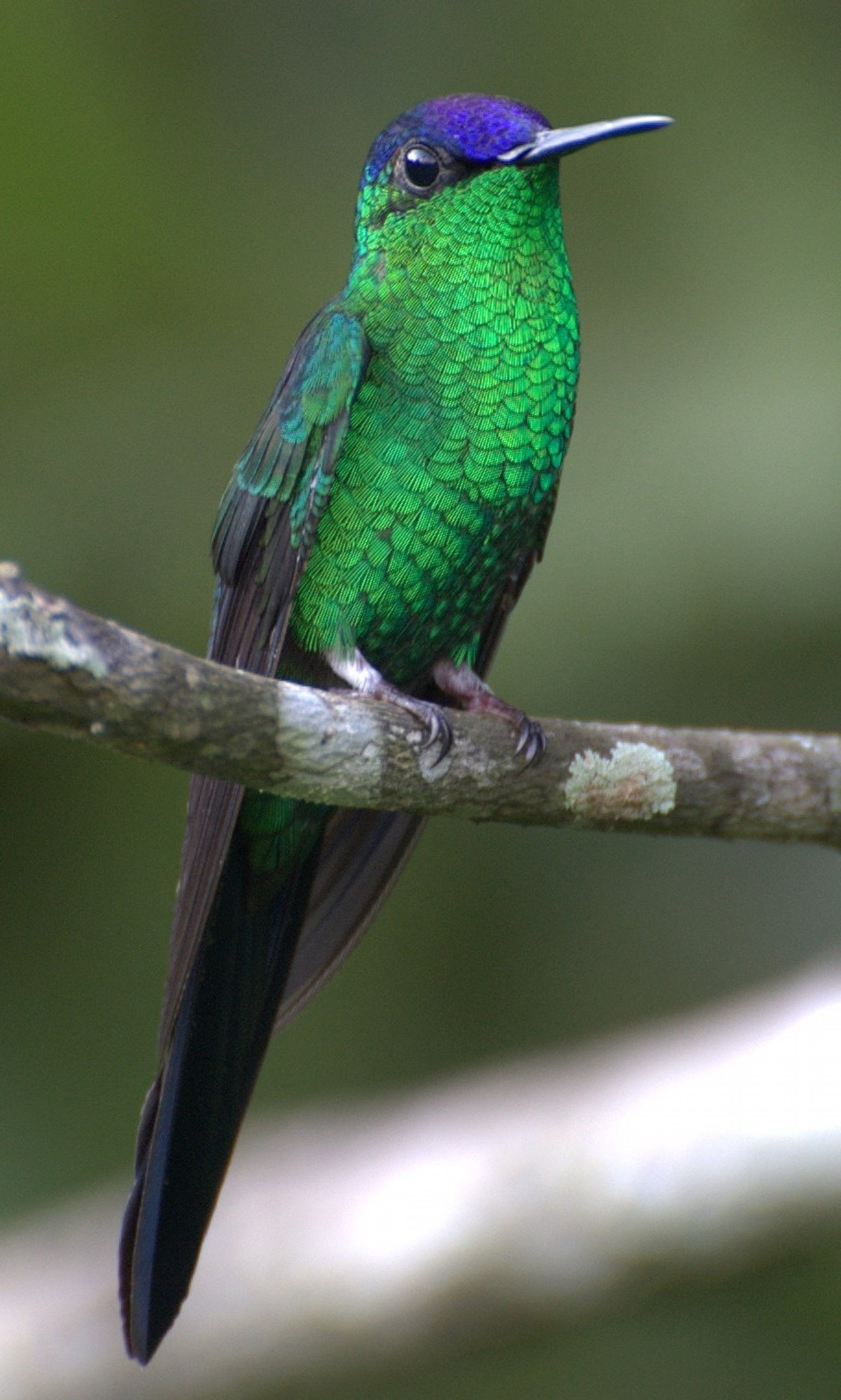
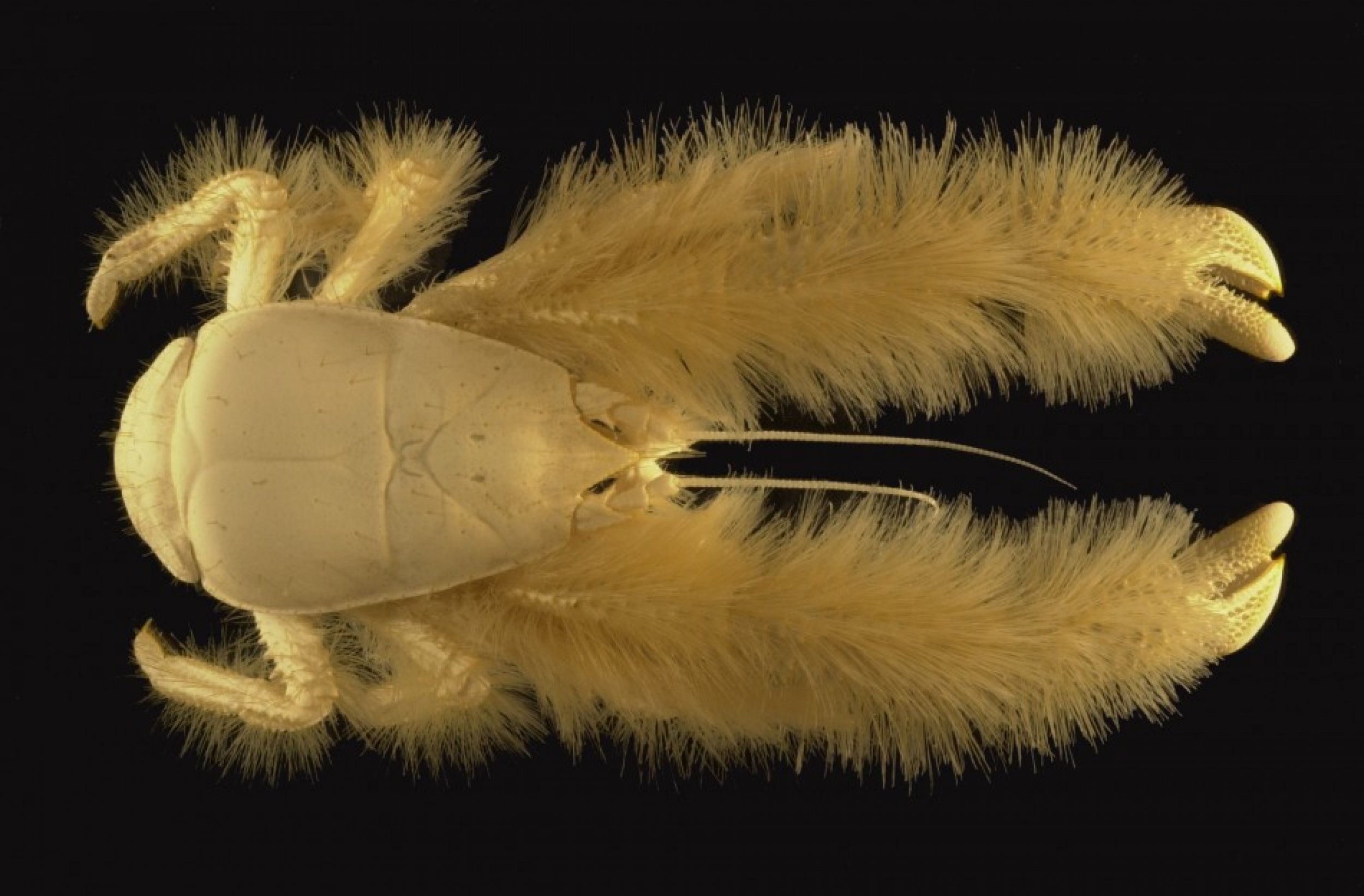
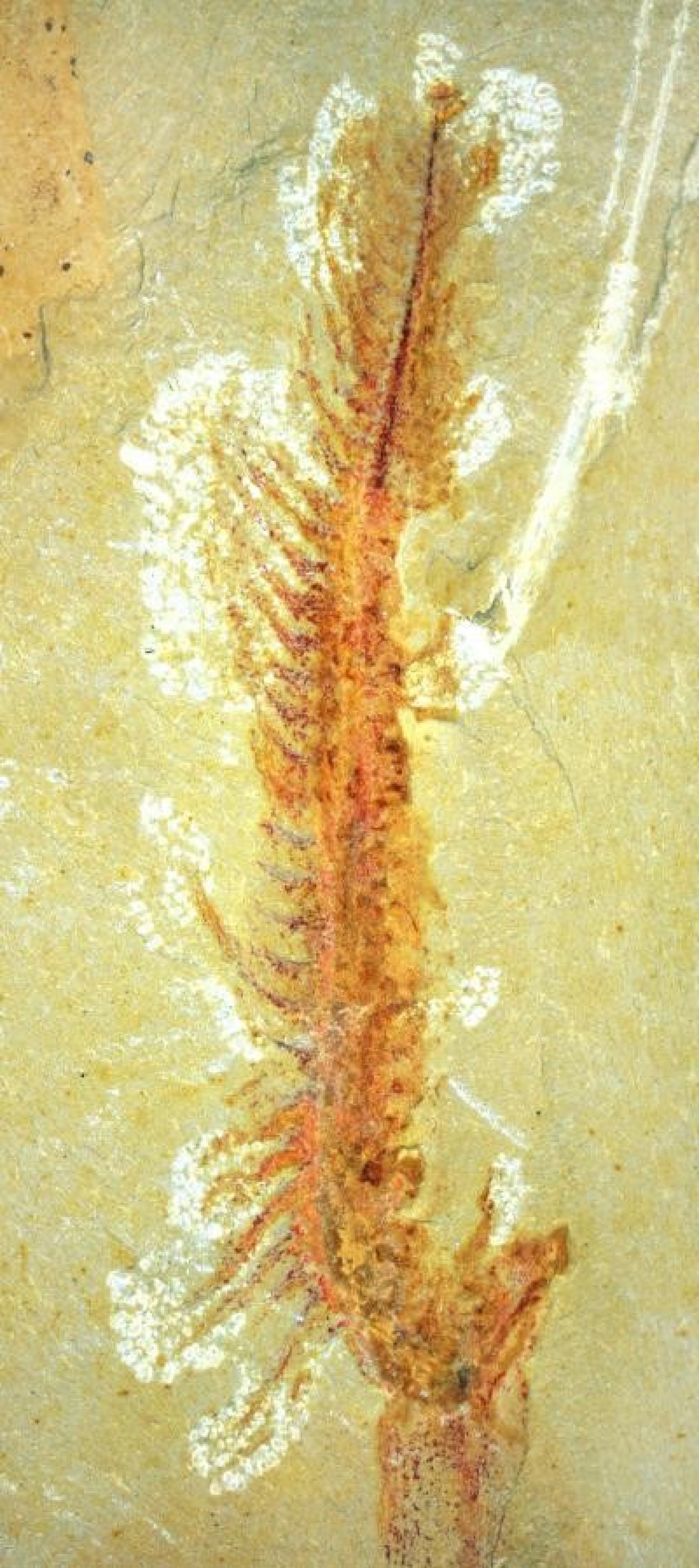
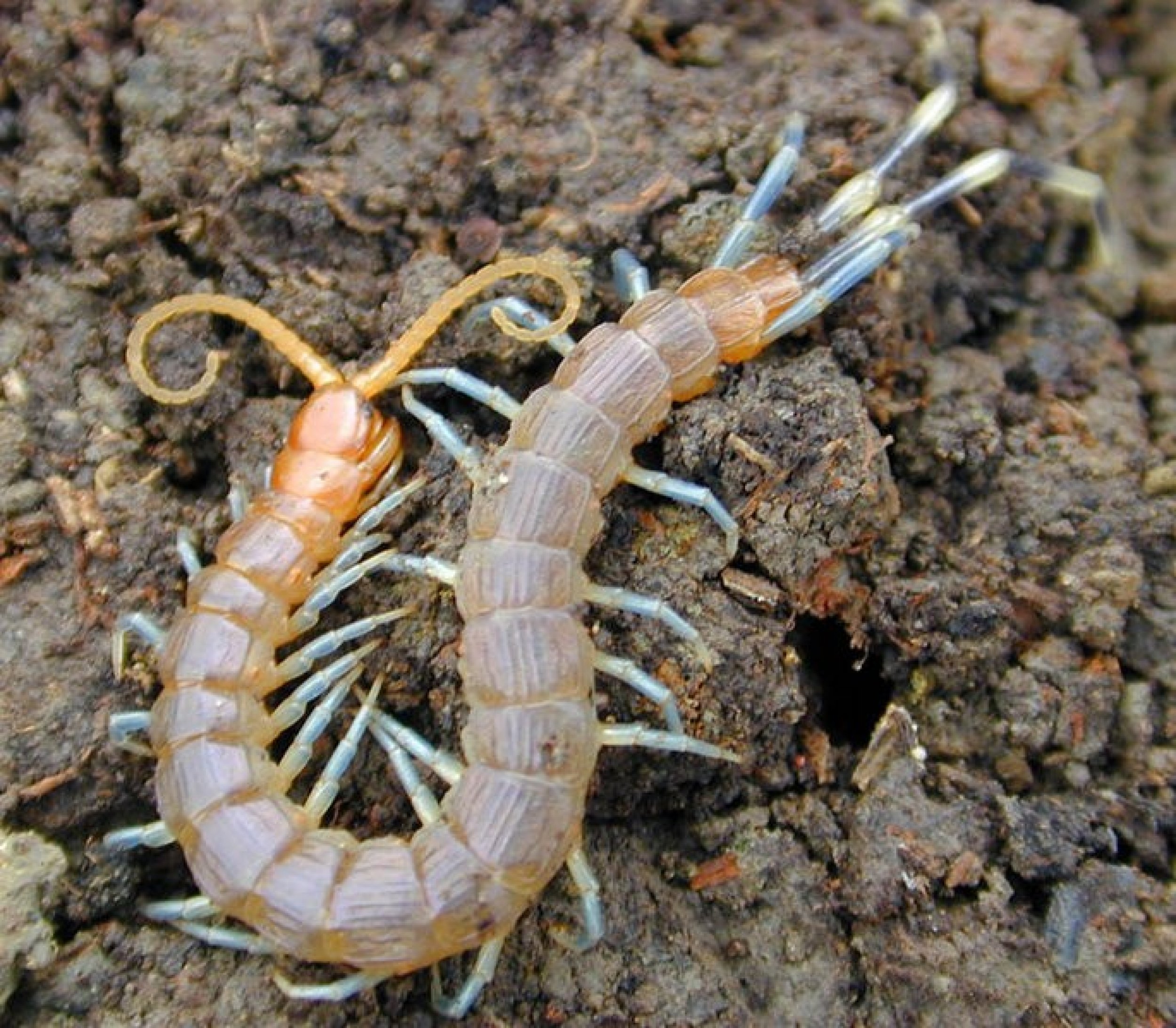

© Copyright IBTimes 2024. All rights reserved.





















